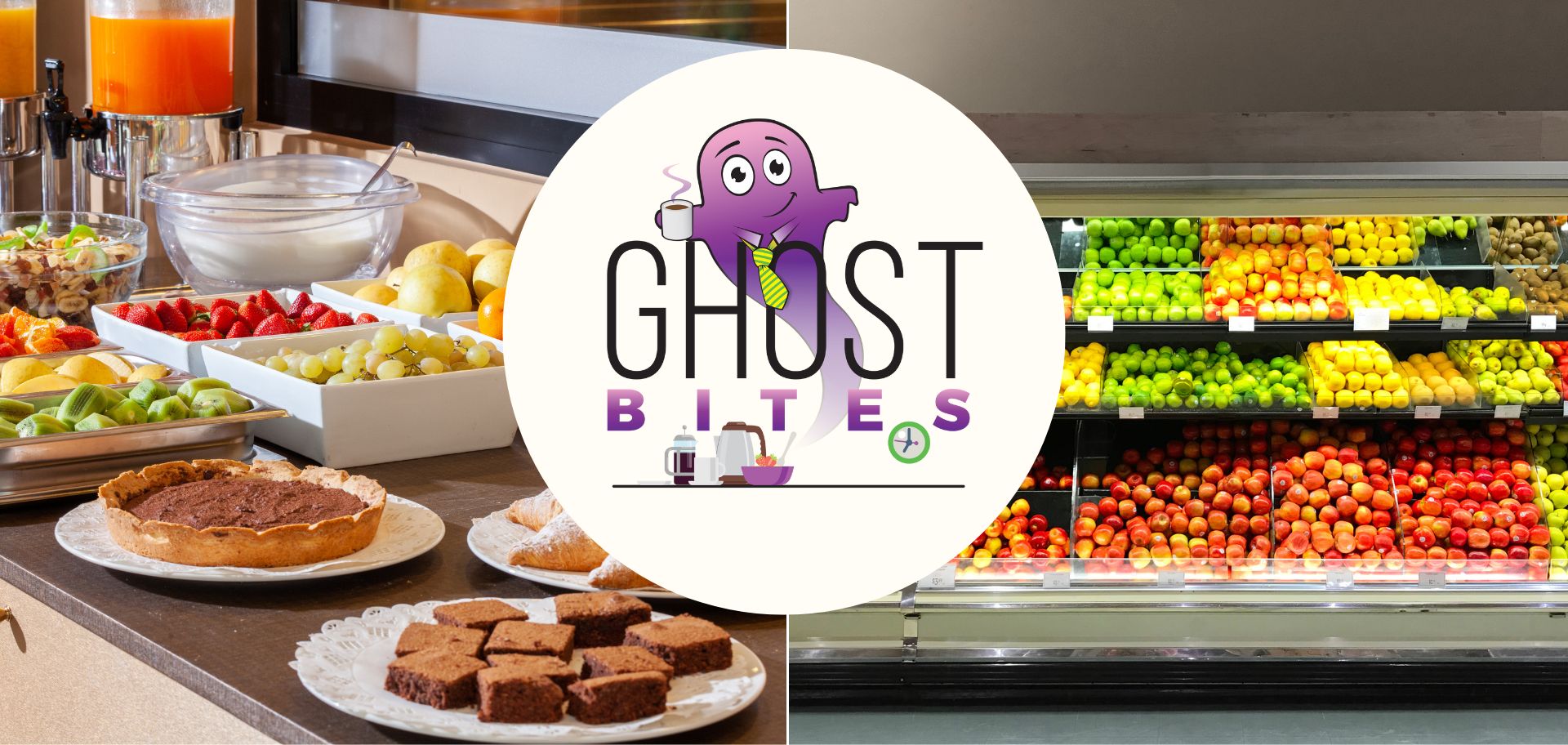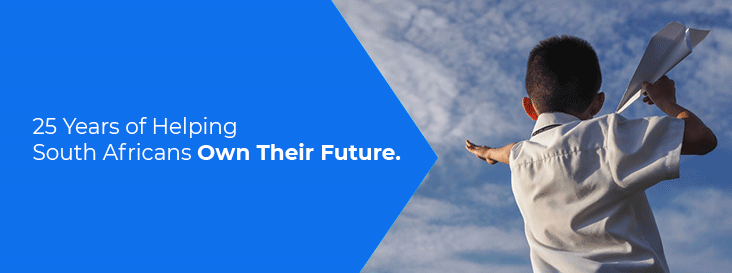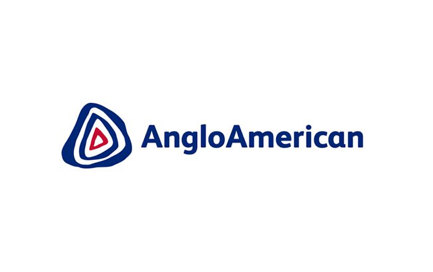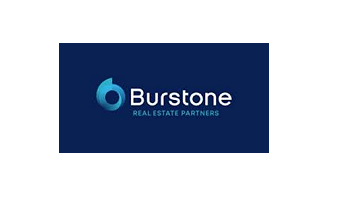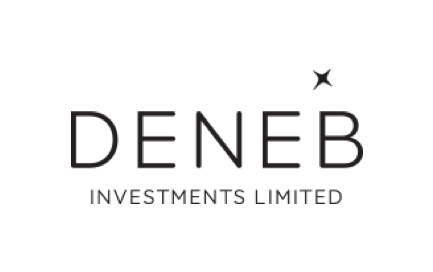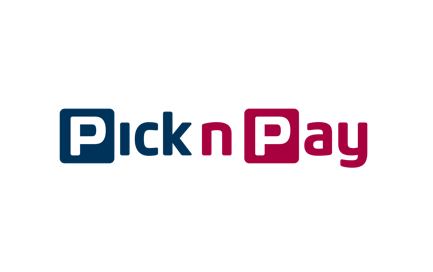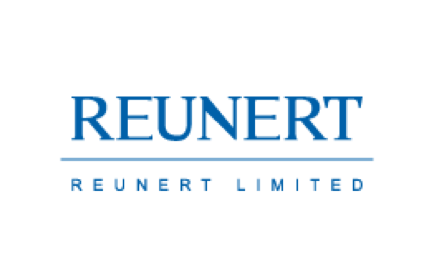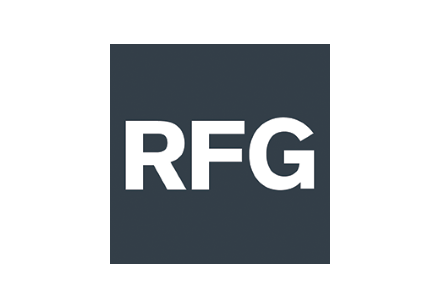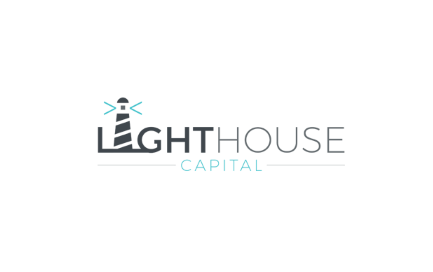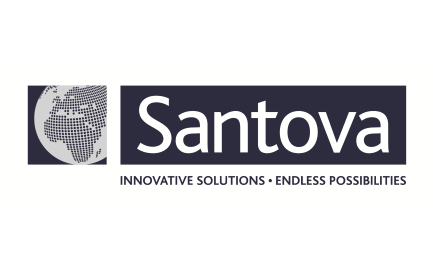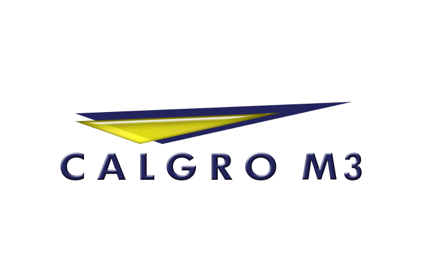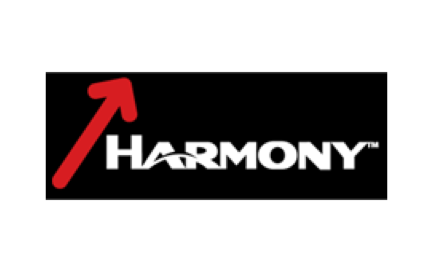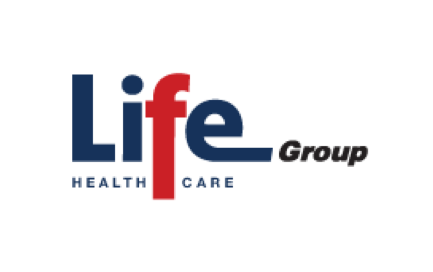Get the latest recap of JSE news in the Ghost Wrap podcast, brought to you by Mazars:

BHP increases its Anglo offer one more time – and Anglo says no (JSE: BHG | JSE: AGL)
The revised proposed exchange ratio is 24.8% higher than the initial proposal
The initial deadline for BHP to “put up or shut up” (that is the actual term – also called PUSU) was 22nd May. Anglo American requested an extension of the deadline, which was granted under UK law with a revised date of 29 May. This leaves a week for BHP to decide whether to put in a binding offer or not.
In the meantime, BHP keeps testing the waters with price and gets rejected every single time. The “final” exchange ratio is 0.8860 BHP shares for every Anglo share, plus the shares in Anglo Platinum and Kumba, as BHP is standing firm on a requirement for Anglo to demerge those assets. The revised ratio means that in addition to the Anglo Platinum and Kumba shares, Anglo shareholders would have 17.8% in the combined BHP and Anglo American group.
This proposal is 24.8% higher than the initial proposal put in by BHP. It represents a 47% premium to the undisturbed Anglo American share price (i.e. before the press speculation about the deal) and a much larger premium to the unlisted assets if you work out the Anglo Platinum and Kumba contributions.
BHP says that it won’t increase the offer further, unless a third party sticks in an offer or Anglo indicates that a higher price might be acceptable. In other words, they probably would increase the offer further if it gets the deal done.
Anglo has rejected this proposal once more, citing the complexities around the demergers as a major concern. I continue to enjoy the irony of this argument, as one of Anglo’s own strategic plans is to demerge Anglo Platinum!
Anglo American’s share price is up more than 21% in 30 days. If BHP walks away from this and nobody else puts up their hand, the pressure on the Anglo board to unlock value will be immense.
Burstone will look to reduce its debt (JSE: BTN)
The loan-to-value ratio is on the high side after the manco internalisation
Burstone (previously Investec Property Fund) paid a lot of money to internalise its management company. Although this has obviously saved on management fees, it required a significant capital investment that has contributed to the loan-to-value ratio moving from 42% at March 2023 to 44% at March 2024.
This is above the group’s comfortable range of 37% to 40%, so you can expect to see some recycling of assets to get it back down there. They have a disposal pipeline in South Africa and Europe and have generally managed to get the sales done at or above book value.
On the asset side of the balance sheet, the South African portfolio value was fairly stable, but the European portfolio fell by around 1% in value after valuation yields expended further. Along with some moves in derivatives, this caused the net asset value to fall 4.5% to R15.45 per share.
The share price at R7.19 (up 6.4% for the day) is a significant discount to that value.
The dividend payout ratio was 85%, down from 95% in the comparable period. This seems to be another place where the increase in debt has bitten.
Strong cost control drives earnings at Deneb (JSE: DNB)
When growth is hard to come by, you have to be disciplined
Deneb’s revenue growth of 7% makes it sound like things were quite easy for the group, yet the underlying story is that the automotive parts manufacturing business was up 26% and the rest of the group was pretty much flat. This is why diversification is important, especially in the industrials space.
Lower volumes make it difficult to maintain margins, so Deneb did pretty well to keep gross margin contraction to only 30 basis points. The magic was that costs only increased by 1% overall. Fixed costs were down 1%. This was good enough for operating profit to grow by 21%, provided we adjust for the insurance claims received in the base period.
Such an adjustment is warranted, as those claims were clearly a once-off benefit that skew the year-on-year performance if not removed.
Net finance costs were up 45%, with around half the increase coming from rate hikes and the other half from debt balances increasing. This is a perfect example of why banks do well in a combination of inflation and higher rates. The debt has come down sharply in the final quarter of the year, thanks to a 47% uptick in cash generated from operations. This will do good things for the income statement in the new financial year.
Adjusted HEPS (which is the right metric because of the insurance claim) increased by 25% to 23 cents per share. At R2.30 per share, you shouldn’t need to get the calculator out to work out that Price/Earnings multiple!
Double-digit dividend growth at Life Healthcare (JSE: LHC)
They expect a “lengthy implementation journey of NHI”
Life Healthcare has reported growth in revenue from continuing operations of 7.8%, as well as 8.4% growth in normalised earnings per share. The interim dividend is up by 11.8%, so the payout ratio has moved higher which is usually a good sign of confidence.
Paid patient days grew by 2.3%, so there was “volume” growth as well as pricing growth in the business.
Life Molecular Imaging (LMI) grew revenue by 77.5%, driven by the sales of NeuraCeq in the US. This business still makes a small loss at normalised EBITDA level as it is an early-stage operation. This loss is expected to reduce after this year.
Thanks to further growth in paid patient days as well as inflationary increases and growth in the South African imaging business, the group expects to see revenue growth of 6% to 7% for the full year. This outlook explains the higher payout ratio.
As for NHI, I’ll repeat the commentary verbatim:
“However, the approval of the Bill without addressing concerns raised during the parliamentary process, is a regrettable missed opportunity to expand sustainable access to healthcare. We, therefore, expect a lengthy implementation journey of NHI due to operational and legislative changes required, as well as the current fiscal constraints.”
Pick n Pay – or is that Pick n Pray? (JSE: PIK)
Things still look terrible there
Pick n Pay has released a sales update and trading statement for the 52 weeks ended 25 February 2024. It really only takes a visit to your local Pick n Pay grocery store to figure out what the problem is here. The numbers firmly reflect the in-store experiences and lack of consumer resonance, with sales down -0.2% for Pick n Pay in South Africa (or up +0.2% on a like-for-like basis). Internal selling price inflation for the period was 7.3%, so this means a heavy drop in volumes.
The Pick n Pay number includes Pick n Pay Clothing, which grew 17.0% or 7.7% on a like-for-like basis. This means the core grocery business is doing particularly horribly, offsetting all the good stuff in the clothing business.
Boxer continues to do incredibly well, with sales up 17.5% overall or 8.1% on a like-for-like basis. This implies some positive volumes growth along with the benefit of inflation and the ongoing store rollouts.
Although still firmly a poor cousin of Shoprite’s dominance in this space, Pick n Pay Online (which includes asap! and the Mr D partnership) grew sales by 74.4%.
Rest of Africa is in the highlights package for this period, with sales up 10.1% overall and 12.5% on a constant currency basis.
Armed with this knowledge, you won’t be surprised that Pick n Pay recognised a R2.8 billion impairment on the supermarkets. This is a non-cash charge of course, but it sends a message. It also includes another little nugget of information: loss-making company-owned stores will be closed or converted to either Pick n Pay franchises or Boxer stores. A long tail of problematic stores can be a matter of life or death for a retailer.
Other issues that hurt the numbers include once-off costs of R423 million across supply chain changes and employee restructuring, a roughly R400 million trade receivables provision (this implies that franchisees are also struggling), an additional R467 million in net debt service costs and R698 million in diesel for generators.
For the year, the headline loss per share was huge, coming in at between -228.99 cents and -177.14 cents. It’s even worse if you use comparable HEPS as their preferred metric, with a loss of -281.13 cents to -228.31 cents.
The group is working towards a rights offer of up to R4 billion, along with a separate listing of Boxer on the JSE. This is very similar to how Transaction Capital had to spin out WeBuyCars, leaving behind an ugly rump that will need a great deal of fixing.
Group net debt at the end of February was R6.1 billion, which was better than the guidance of R6.7 billion. A debt restructuring agreement has been concluded with lenders, securing funding up to 1 September 2025.
Most importantly, the strategic plan going forward will be presented by Sean Summers as part of the FY24 results presentation, expected on 27 May.
Reunert’s Electrical Engineering segment leads the way (JSE: RLO)
There are some less appealing trends elsewhere in the group
Reunert has reported results for the six months to March 2024. Revenue increased 7% and HEPS was up 8%, with the interim dividend also up 8%. This is real growth (ahead of inflation), so that’s something at least.
There were certainly some challenges in this period, like Nashua struggling with logistics challenges that led to shortfalls in products and a resultant knock to sales and operating profit. The other headache is in residential and small commercial batteries, where the market has become saturated and demand has fallen away. That situation would presumably be even worse after year-end, as there’s been no load shedding for weeks now.
The Electrical Engineering segment was the highlight, with revenue growth of 7% and operating profit growth of a meaty 12%. Both the power cable and circuit breaker sides of the business did well.
In the ICT segment, IQbusiness was successfully integrated into the ICT segment and this led to a 38% increase in revenue, yet operating profit was flat year-on-year. The Nashua issues sit in this segment.
Applied Electronics saw a 10% drop in revenue, but operating profit also remained flat year-on-year. It’s amazing to see two segments report steady profits despite revenue moving sharply in either direction!
The outlook for the full-year numbers is positive overall, with IQbusiness to be included for a full 12 months and encouraging signs in Electrical Engineering and the Defence Cluster (part of Applied Electronics).
RFG Holdings looks just peachy in these numbers (JSE: RFG)
Practically every metric has gone the right way
RFG Holdings has had to deal with a weak domestic consumer environment that led to a decline in volumes. You would never know that by looking at the numbers though, with price inflation taking revenue growth into the green and margins improving across the income statement.
Group revenue grew by 3.2%, with regional revenue up 5.8% and international volumes down 8.6%. The price vs. inflation mix was quite something, like in the regional business with price up 10.0% and volume down 5.5%. Internationally, price fell 6.5% and volumes 8.9% (port challenges in Cape Town did them no favours here), with forex benefits of 5.5% mitigating the pain. Mix effects make up the balancing numbers.
Long life foods increased revenue by 7.5% and fresh foods increased by 2.9%. Ready meals seem to have also done well. Consumers are craving convenience, a logical outcome of really busy households.
Operating profit margin expanded by 100 basis points to 10.2% despite these challenges, with operating profit growth of 15.2%. Reduced diesel costs vs. the prior year helped. Margins in the regional segment were up from 8.9% to 10.0%, with the international segment managing to increase from 10.4% to 11.5%.
Group EBITDA margin was up 140 basis points, with EBITDA growing 14.6%. Combined with a reduction in the net interest expense, this drove a 20.7% increase in headline earnings per share.
The group is focusing on working capital management, with a lower outflow for this period than in the prior year. Seasonality is important here. The bulk of the capital expenditure at the moment is at the Tulbagh fruit products factory and the group is achieving a return on equity of 15.7% at the moment, so shareholders shouldn’t feel upset about reinvestment of profits.
The cost of debt has blunted Spear’s growth (JSE: SEA)
Still, the fund is in the green at a time when many others aren’t
Spear REIT is respected on the JSE as one of the most focused, well-run property funds on the market. They can control a bunch of things, but not the prevailing level of interest rates. Property funds make extensive use of debt and this leaves them vulnerable to higher rates.
For the year ended February 2024, distributable income per share increased by 1%. The distribution per share is up 3.80%, which means the payout ratio has moved to over 95%. A payout ratio that high tells you a lot about the quality of the business.
The average reversion for the year was -0.37%, which is a pretty solid outcome in this environment. This speaks to demand in the Western Cape.
The loan-to-value has decreased from 36.30% to 31.60%, so the balance sheet is in a good place. The reduction in debt helped limit the impact of higher rates on distributable earnings.
The net asset value per share is up 2.8% to R11.80. The share price is trading at R7.90, which implies a trailing yield just under 10%. Next time you consider a buy-to-let property, remember that you can buy a solid REIT with instant liquidity, some underlying growth and a yield of 10% without you having any headaches with tenants.
Southern Sun shines brightly (JSE: SSU)
A record year of profitability
Southern Sun has a lovely story to tell for the year ended March 2024. 19% growth in income and 32% growth in EBITDAR (not a typo – this is a standard metric in the hotel game) drove a massive 77% increase in adjusted HEPS.
And yet, HEPS without the adjustment only grew by 7%. Should we be worried?
Not in this case, as the base period included once-off income from Tsogo Sun in the form of a separation payment of R399 million. Excluding that from the base is a much better way to view underlying performance, so adjusted HEPS is the right approach.
One of the encouraging signs in these results is the increase in average room rate of 9%. If your hotels aren’t well positioned and appealing, you can’t increase pricing. Food and beverage revenue is up 15%, so they are doing a great job on share of wallet as well.
It’s interesting to see how they allocated funds. Free cash flow of R970 million went towards share buybacks (R670 million), expansion capex (R180 million) and the reduction of net debt, with a comfortable net debt to EBITDA range being enjoyed.
The group’s exposure to Cape Town has been a major benefit here, with a strong year for tourism, business travel and events. Group occupancy levels came in at 58.6% for the year, which is 710 basis points up on 2023 but still below 59.3% achieved before the pandemic.
Given the improved outlook and level of performance, the final dividend is 12.50 cents. There was no final dividend in 2023.
Little Bites:
- Director dealings:
- Des de Beer has acquired shares in Lighthouse (JSE: LTE) worth R7.7 million.
- One of the highly experienced directors of Santova (JSE: SNV) has sold shares worth R3m. Given the recent concerns around where we are in the shipping cycle, I would look at that quite carefully if I held shares here.
- An associate of a executive director at Calgro M3 (JSE: CGR) has sold shares worth just under R2 million.
- Harmony Gold (JSE: HAR) has reported yet another loss-of-life incident this month, this time at Phakisa mine in a blasting incident. All blasting operations have been temporarily suspended.

